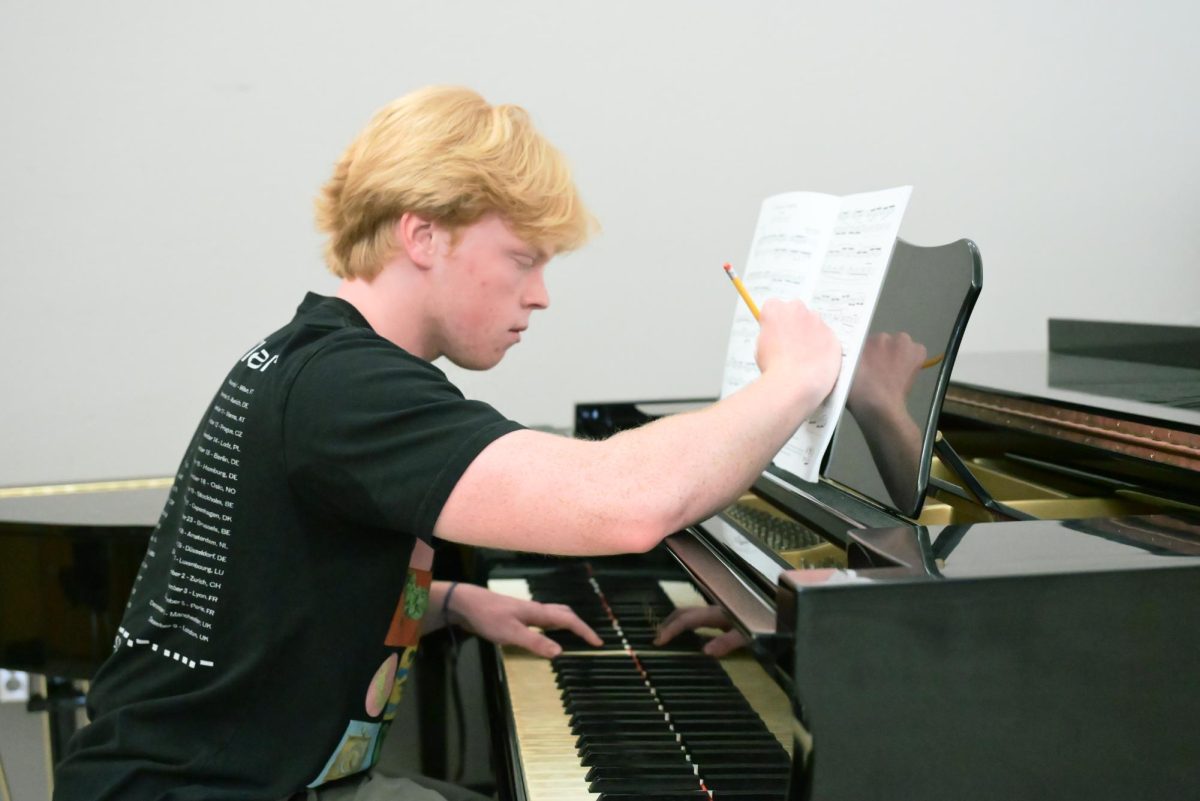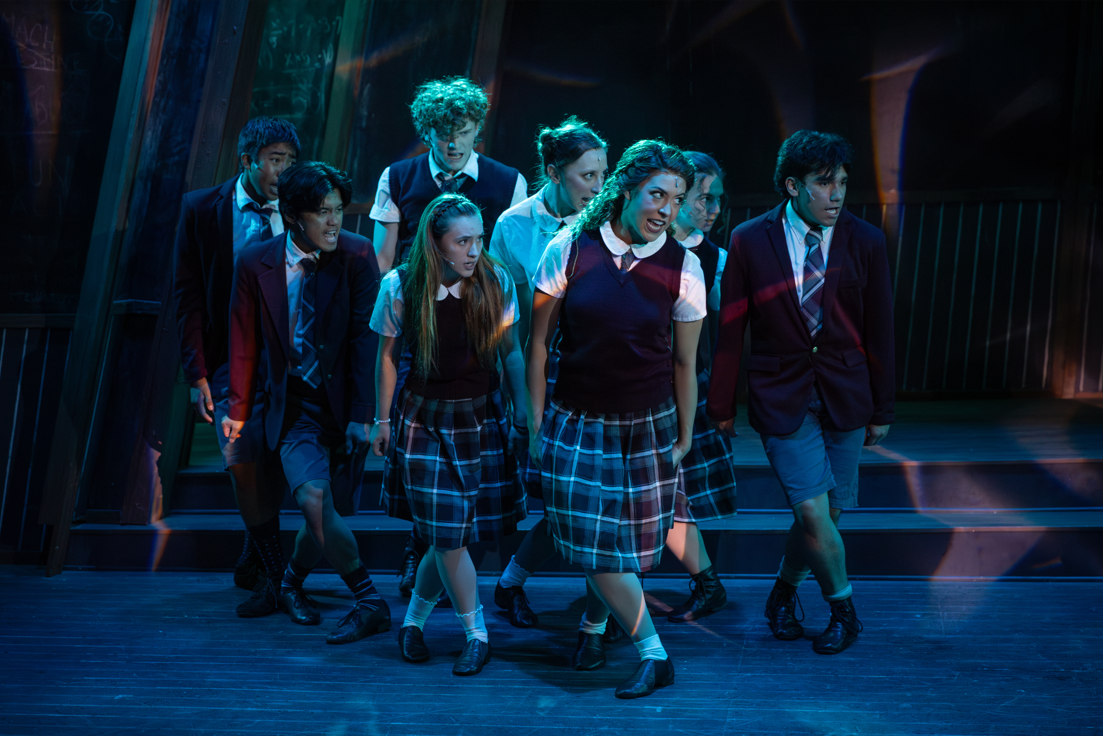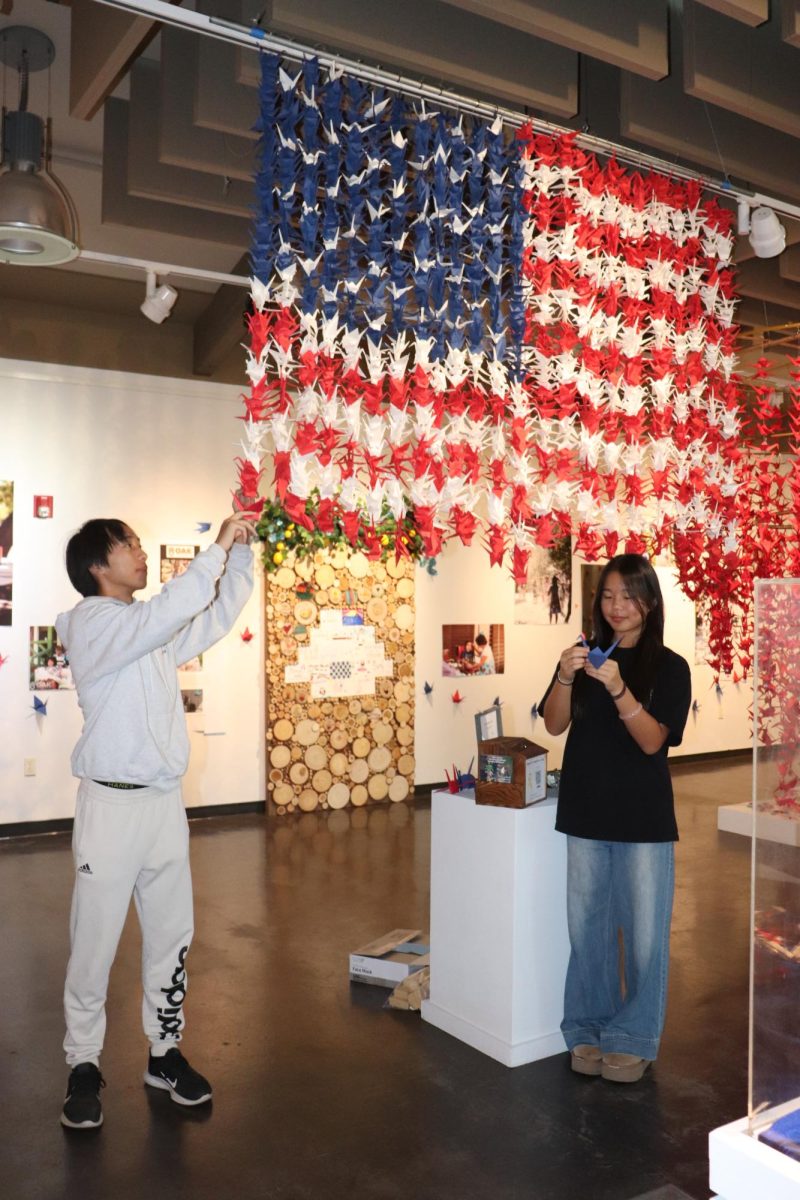Listen to Millay’s work here: https://www.instagram.com/lukemillaymusic?igsh=NTc4MTIwNjQ2YQ==
With every note Luke Millay (12) pressed on his piano, he created melodies and harmonies that echoed through his room. Whether the music was about a ruined house on the San Francisco shore or a tiny star slowly fading away, he composed pieces that narrated the stories of inspiration that crossed his mind. Through composing, which has been his ambition since the seventh grade, Millay expresses himself in ways not everyone can. He said that learning to play piano as a child quickly escalated into something much more creative when he began to explore beyond sheet music.
“It’s been a hobby for me for a while,” Millay said. “I listened to a lot of classical [music] composers. When I would play piano, even though I do play [written] pieces, I always liked to make my own stuff up. And then I realized that I can write this down, so I can keep what I wrote. It just hit me [that] I could do what the people that I listen to do. So I had this one idea in seventh grade, and I wrote this piano piece. It just all started from there.”
Millay said his composing journey sprouted from listening to classical music and finding pieces that deeply resonated with him.
“The piece that really got me into classical music was Rachmaninoff’s Rhapsody in the theme of Paganini in D flat,” Millay said. “I was obsessed with the piano sheet music, and I thought it was so cool that somebody could write something like that, and it came out of their mind. So I thought, ‘I want to do that too.’”
What started out as respect and fascination for classical music turned into personal enthusiasm for Millay. Over the years, he developed his unique way of letting his creativity out.
“Everybody has their own way to express [themselves],” he said. “You draw, you paint, you do whatever you want. I think it’s so cool that you can write something down and then it can be played back and sound really cool. I can emulate styles of some of my favorite composers and express myself in that way.”
As much as composing is an artistic activity, it is a hobby that Millay is very dedicated to. He said he is currently alternating between writing two orchestral pieces, ‘The Hymn for a Forgotten Home’, and ‘To a Dying Star’.
“I’m switching off on them so that I don’t really get burnt out by one,” Millay said. “I wrote the introduction to them first. Now I’m working on the middle section of ‘The Hymn for a Forgotten Home.’ I just finished writing a tuba solo in it. Now I’m trying to finish up writing the quieter middle section of this piece. Then I’ll probably go back to my other one, so I don’t lose motivation for either.”
Within the process Millay undergoes to compose music, there are always moments of inspiration that spark ideas. Also influenced by other composers, Millay comes up with diverse musical passages and writes descriptive narratives about his subjects through his ambient storytelling in music.
“For ‘The Hymn for a Forgotten Home’, I went to San Francisco,” Millay said. “There was this random house on the coast, and it looked disheveled and made of bricks. And I [thought], ‘Hey, I could write something about that.’ A lot of these composers just find something to write about. For example, Sibelius and his symphonies are very atmospheric and really depict the environment. So when I saw that house, I [thought] I could make up a backstory for it, almost personify it.”
Interpretation of physical observations isn’t the only source Millay said he gets his inspirations from. His interests also help prompt new ideas to write about.
“I have been really liking stars lately,” Millay said. “For the second piece I’m writing, ‘To a Dying Star,’ I was really thinking about how sad it is that the small stars just kind of fade away. They don’t explode [nor] leave anything for the universe. I’m personifying the star and depicting the dread that it would feel that it’s dying, and the beauty in it fading away. I show the dread through the increasing intensity of the music. The second section is going to be much more tense and dark as well as louder. The texture also plays an important role because the instrumentation will be much more frequent and sudden to depict the dread.”
While Millay mainly comes up with his own, original ideas to compose about, he said that he imitates the styles of his favorite composers to help stimulate ideas.
“I have my favorite composers, like Alexander Scriabin,” Millay said. “His style is so hard to emulate, but his music is gorgeous. The main person I really emulate is this Japanese composer named Takashi Yoshimatsu. His piano concerto “Memo Flora” is my second favorite piece. It’s just gorgeous and so atmospheric, and everything about it is just wonderful. I love how he depicts things, all sorts of elements like flowers [and] birds. So I do what he does: personify things and bring [them] to life. It really helps me with my inspiration. A lot of composers have inspiration in mind, but it’s nice for me to be able to write about something inspired [by] them.”
The influences from these composers and Millay’s originality are mixed to produce authentic compositions that are one of a kind. He said there were goals he set for the future of his composing journey.
“I was thinking about maybe minoring [in] it in college so I can keep it in my life for a longer period of time,” Millay said. “I [want] to make some stuff that people would like, and eventually make something cool. Then maybe reach a bit more people and [inspire] them.”






